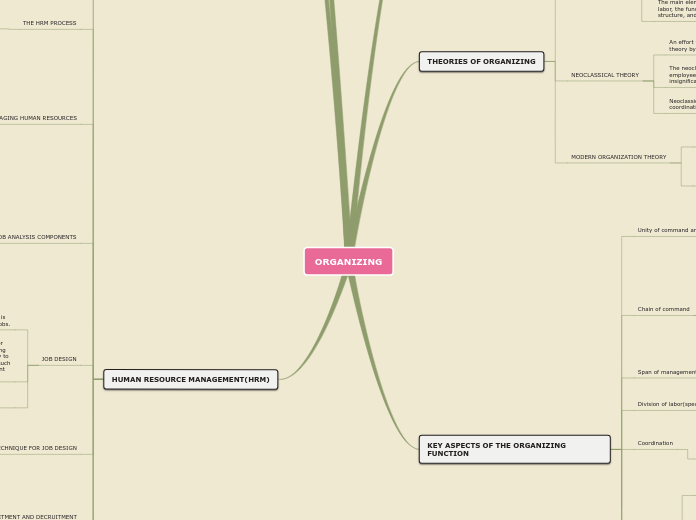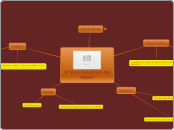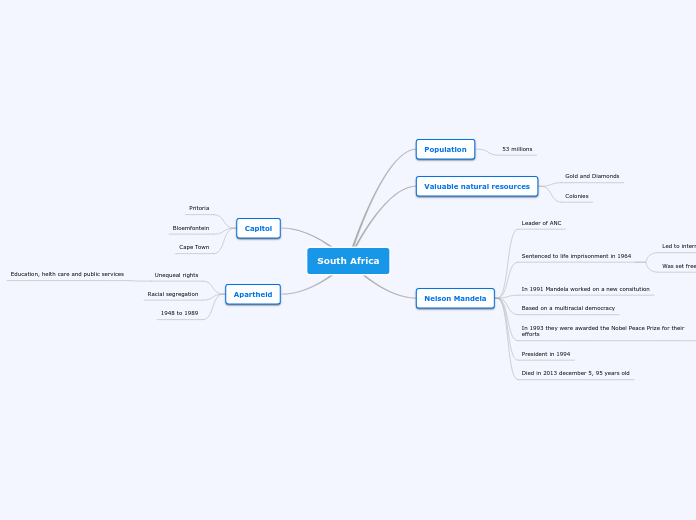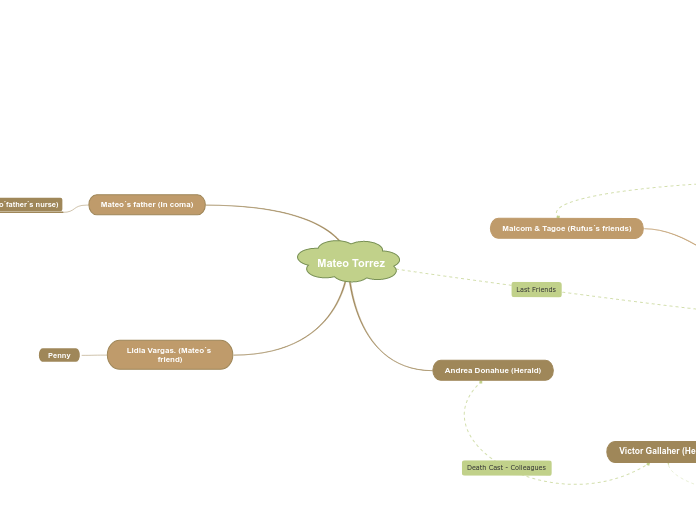ORGANIZING
HUMAN RESOURCE MANAGEMENT(HRM)
THE SELECTION PROCESS
The process of screening job applicants to ensure that the most appropriate candidates are hired - choosing the most qualified applicant recruited for a job.
Hiring
Interviewing
Background and Reference Checks
Testing
Screening Interview
Application Form
THE RECUITMENT PROCESS
Publicize Job Openings
Select Source of Applicants
Review Source of Applicants
Conduct Job Analysis
Develop Job Specification
Develop Job Description
From Human Resource Needs
RECRUITING SOURCES
EXTERNAL RECRUITING
Advertising
Agencies
Educational institutions
Walk-ins
INTERNAL RECRUITING
Employee referrals
Promotion from within
RECRUITMENT AND DECRUITMENT
Decruitment
The process of reducing a surplus of employees in the workforce of an organization. Decruitment options include firing, layoffs, attrition, transfers, reduced workweeks, early retirements,
Recruitment
The process of locating, identifying, and attracting capable applicants to an organization.
TECHNIQUE FOR JOB DESIGN
Job enrichment
Job enlargement
Job rotation
JOB DESIGN
The aim of a job design is to improve job satisfaction, to improve quality and to reduce employee problems
Work arrangement (or rearrangement) aimed at reducing or overcoming job dissatisfaction and employee isolation arising from repetitive tasks. Through job design, organizations try to raise productivity levels by offering nonmonetary rewards such as greater satisfaction from a sense of personal achievement and responsibility off one's work.
Job design (also referred to as work design or task design) is the specification of contents, methods and relationship of jobs.
JOB ANALYSIS COMPONENTS
Job Specification
The job specifications thus identify the types of people needed.
A written statement of the minimum qualifications that a person must possess to perform a given job successfully
Job Description
A written statement of what the job holder does, how it is done, and why it is done.
Job description identifies the tasks and responsibilities of a position. In other words, it identifies what employees do to earn their pay.
MANAGING HUMAN RESOURCES
Retaining Employees – Compensation, benefits, health and safety.
Developing Employees – Orientation, training and development
Attracting Employees – Recruitment and Selection
Human Resources Planning –Employment Planning, job analysis and job design
THE HRM PROCESS
FUNCTIONS OF THE HRM PROCESS
Ensuring that the organization retains competent and high-performing employees who are capable of high performance.
Providing employees with up-to-date knowledge and skills to do their jobs.
Ensuring that competent employees are identified and selected.
THE IMPORTANVE OF HUMAN RESOURCE MANAGEMENT(HRM)
Adds value to the firm
As an important strategic tool
As a necessary part of the organizing function of management
The management function that is concerned with getting, training, motivating, and keeping competent employees.
Meeting the pay and benefits needs of employees.
Creating a working environment that fosters high employee performance.
Matching the talents and skills of employees with those required by the organization.
Balancing the supply of employees with the demand for employees.
ORGANIZATIONAL DESIGN
Effective managers know that organizing their team’s resources carefully in achieving objectives.
This organization structure will specify its division of work activities and shows how different functions of activities are linked as well as level of specialization of work activities
Organization structure shows the flow of interactions within the organization- who decides what, who report whom, who responds and who performs that work
THE IMPORTANT OF ORGANIZING
Faciliting the implementing and control functions
Good organizing considers interpersonal relationships, the work environment, and the control of results
Pinpointing individual responsibilities
A major reason for organizing is to specify the duties and responsibilities of individual employees.Doing this eliminates doubt about any employee's purpose and relationship to other work being performed
Synergizing resources
Organization leads to the proper use of resources (human,physical,financial and information)so that over time the value of end result greater than the combined starting values of resources.
Generating effective group action
To achieved desire organizational objectives requires effort of many employees
KEY ASPECTS OF THE ORGANIZING FUNCTION
Integration
Integration is about coordinating departmental activities to accomplish objectives in organizations.
Departmentalization
It is the basis by which jobs are grouped together. For instance every organization has its own specific way of classifying and grouping work activities.
Flexibility
Flexibility has to do with understanding that there are often exceptions to the rule.
Delegation
The delegated task may eventually become a part of their job, or it may be a one-time task.
Delegating is about giving employees tasks that are not part of their regular job
Directing people to do work that is part of their job description is not delegating.
When involve in delegating, manager must assign the person responsibility for accomplishing a task and give him or her the authority to do what is needed.
Delegation has to do with assigning responsibility and authority for accomplishing objectives. Responsibility and authority are delegated down the chain of command.
Coordination
Coordination is about departments and individuals in an organization working together to accomplish strategic and operational objectives. Coordination is the process of integrating tasks and resources to meet objectives.
Division of labor(specialization)
Division of labor occurs when jobs are organized by specialty—for example in sports centre, accounts work in the accounting unit, sales and markers rep in marketing unit, coaches work in the technical department etc.
Span of management/control(flat and tall organization)
The span of management (also called the span of control) has to do with how many employees report directly to a manager
Chain of command
Team captains are the part of the chain of command that links coaches and players. Team captains in the NHL often have as much influence over their teammates as the coaches. Choosing the captain of a team, therefore, is not a decision to be taken lightly
Chain of command, also known as the scalar principle, is the clear line of authority from the organization’s top to its bottom. Everyone in a company need to understand the chain of command, that is whom they report to and who reports to them.
Unity of command and direction
Unity of direction means that all activities are directed toward the same objectives
Unity of command means concept that each employee should reports to only one boss
THEORIES OF ORGANIZING
MODERN ORGANIZATION THEORY
Modern theorists consider the organization to be a system composed of the following strategic parts: the individual; the formal structure; the informal organization; status and role patterns; and the physical environment of work.
The uniqueness of this theory is that it studies the organization as a system.
NEOCLASSICAL THEORY
Neoclassical theory stresses subjects such as motivation, coordination and leadership as responsibilities of managers.
The neoclassical approach focuses on problem such as employee monotony (boredom), fatigue, isolation insignificance (which results from specialization of work).
An effort to offset some of the shortcomings of the classical theory by expanding into the behavioral sciences.
CLASSICAL THEORY
The main elements of classical organization are the division of labor, the functional management process, organization structure, and the concept of span of management
Important is placed on organization structure or the hierarchy. Principles of organization have been developed to provide guidance to practicing managers.
Classical theory relates to the early work of Taylor, Fayol and others
DEFINITIONS
Organizing is a managerial effort to assign work and allocate resources then,arrange the work and resources in such an orderly way that a group's effort generates the desired end result in the most efficient manner possible
The process of arranging and allocating work,authority,and resources among an organization's members so they can achieve the organization's goal
The process of determining the tasks to be done,who will do them and how those tasks will be managed and coordinated









